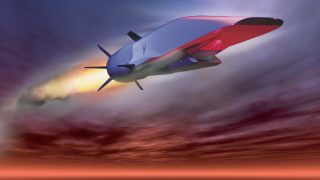
Quantum mechanics in biological systems (III): Magnetoception
Magnetoception, the fantastic ability to perceive magnetic fields. A skill though impossible for long. It was difficult to assume that a 0.5 Gauss Earth’s magnetic field (your fridge has one with 100 Gauss) could have some effect on living things. However, the magnetic field perception was supported since the very beginning by experimental observation and […]








